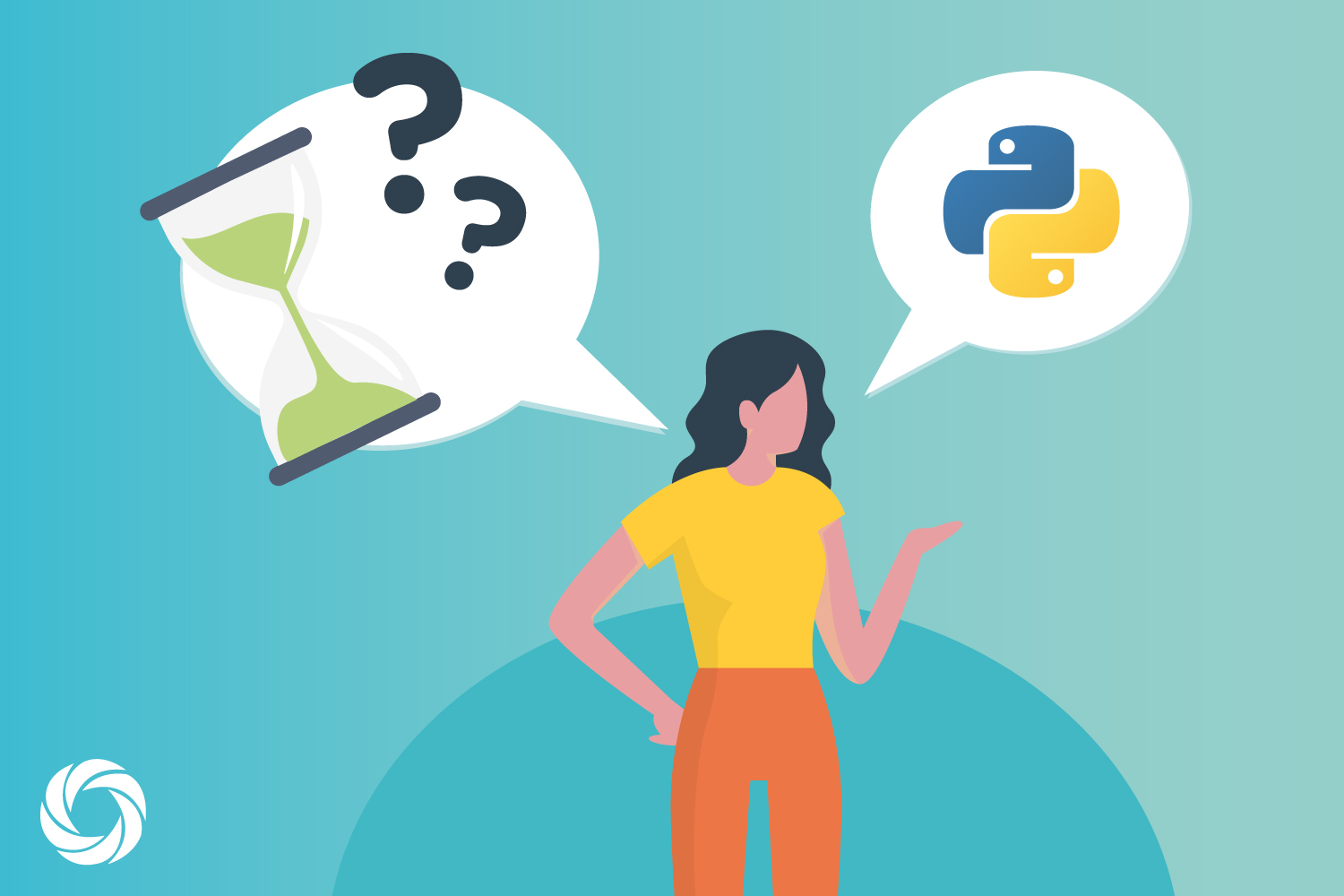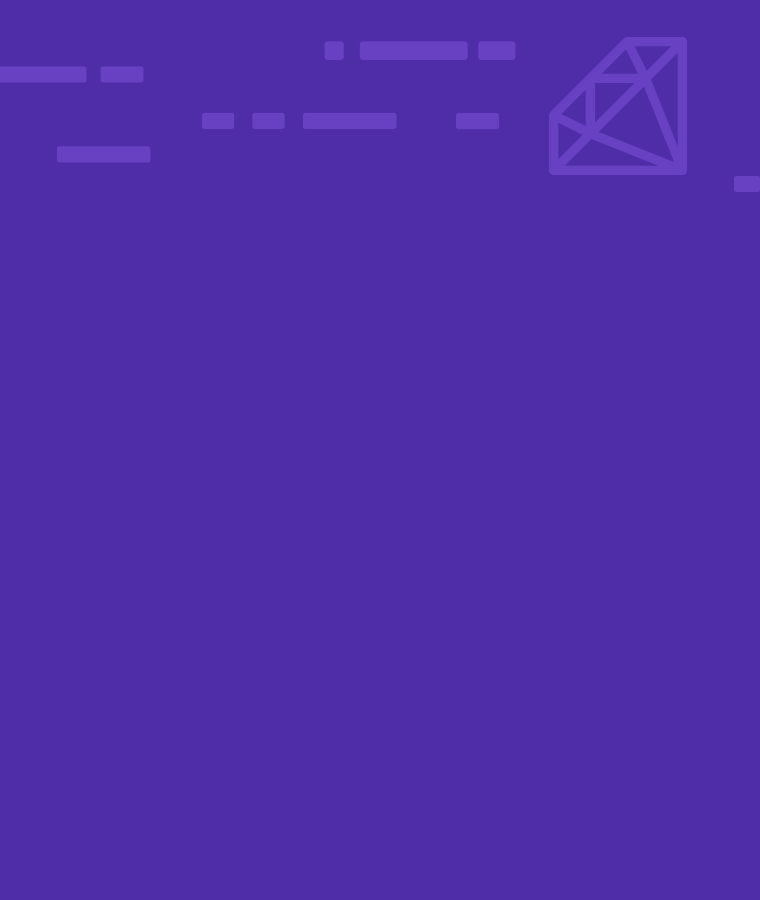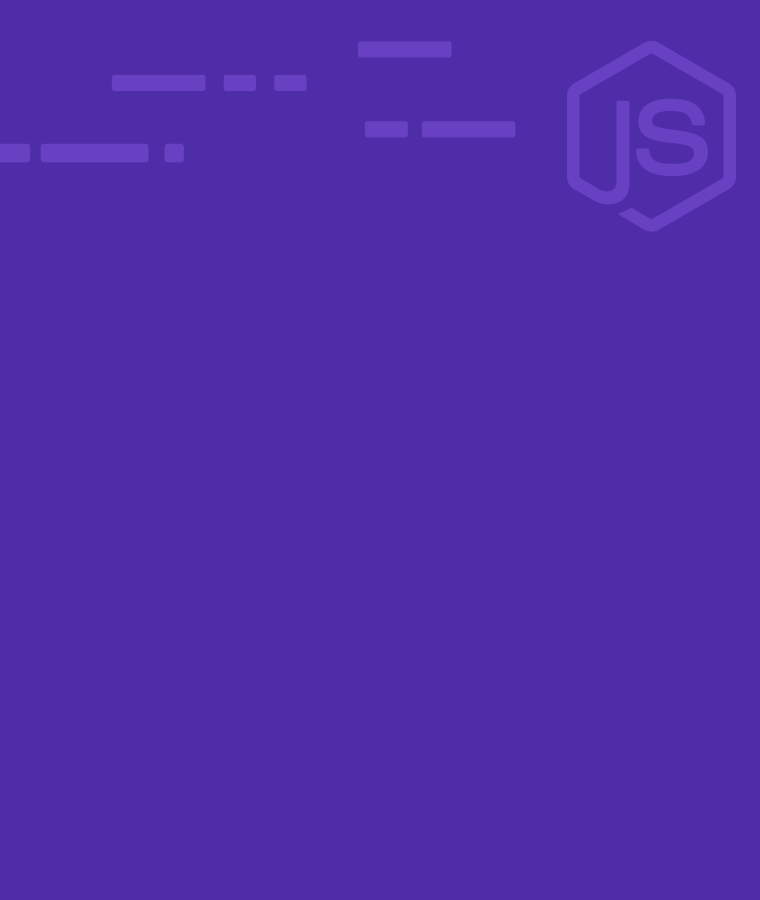
How Long Does It Take To Learn Python? What You Need to Know
First things first – What is Python?
Python is a general-purpose, high-level programming language, frequently measured as one of the most popular coding languages in use worldwide. Because Python is designed to be more generally applicable than some of its counterparts (like CSS, HTML, or JavaScript), it can be used not only for general web development, but a variety of programming use cases, including:
- Building web apps and web pages
- Machine learning, including speech recognition, financial services, and even “suggestions” or “recommendations” in streaming video services
- Scientific data analysis and compilation
- GUI applications
Python was originally created in 1991 by Guido Van Rossum, as a successor to the earlier ABC language. The language was designed primarily to offer a solution that could handle exception handling, as well as one that could interface with the Amoeba system. In more simple terms, Python was designed to offer more versatility for the rising demands of programming, especially as the web became more ubiquitous in homes and offices.
In 2000, a 2.0 version was released, adding additional features, followed by a 3.0 version in 2008, which included utilities that allowed for more easily updating Python 2.0 code to 3.0 processes.
So why should I learn Python?
Python’s popularity is largely drawn from several key features and characteristics of the language, specifically:
- Simple and clear code: Readability and clarity are the hallmarks of Python, with such features as English keywords instead of punctuation. This ability lets you use Python to create custom applications without writing additional code, saving time and effort.
- Support for multiple programming paradigms (both object oriented and structured programming), which makes the language ideal for developing large or more complex software applications
- Features a dynamic type system and automatic memory management, also with an eye toward making complex or large applications easier to produce
- Broad and deep standard library, offering a variety of modules for various programming needs
- Compatible with most major operating systems and platforms
- Allows you to simplify what could otherwise be complex software development
There are plenty of other benefits, but it might be best to think of Python as the “Swiss Army Knife” of programming languages. While other languages may be more convenient or effective for specific use cases, if you commit to learning Python, a wide range of potential work or creative opportunities will open up for you to pursue.
How long does it take to learn Python?
There are a number of factors that go into learning any programming language, not just Python — such as previous experience with other coding languages, access to technology and resources, and comfort level with programming concepts. This makes the answer to “How long does it take to learn Python?” a bit more complicated than a single easy timeframe.
However, the general consensus is that it is certainly reasonable to expect being able to learn most of the ins and outs of using Python within two months if you apply yourself and choose an effective Python coding course to help build out your abilities and knowledge base. Learning Python, though, isn’t just about taking a course – there are additional best practices to follow if you truly want to achieve fluency with the language and maximize your application of it.

Have a goal in mind for the skills and abilities you want to master
To become an effective junior Python developer, here are a few reasonable benchmarks to set for yourself:
- Learn the Python basics: Function, list, variable, while loop, for loop, floats, strings, simple input and output, in place operators, and using an editor.
- Challenge yourself to solve a variety of Python coding problems (at least 20 but the more you do, the more experience and skills you develop applying your new knowledge).
- Grow familiar with the various Python frameworks – pandas, matplotlib, Django, Numby.
- Develop experience working with Github, databases, hosting, API, and IDE.
While this may sound like a lot for just two months of learning, do not be discouraged — this is where choosing a great Python course comes in.
Choose the course that matches your needs as a learner
Everyone who has ever learned anything in any educational setting knows that mastering the content or skills of a particular subject area is only part of the learning experience. To truly learn effectively and efficiently, finding a well-designed course applies best practices and proven teaching methodologies is essential, as is having the ability to practice and apply those new skills in tangible ways..
So what do you want to look for in a good Python course?
- A course that covers all of the basics you need to know to prepare you for mastering the various higher-level skills you will need to become a proficient junior Python developer.
- Courses that offer the ability to work at your own pace, so that you can set goals and gain experience and knowledge in line with your own situation.
- A course that offers the chance to practically apply your skills, and collaborate (or even compete with) fellow Python learners, to hone skills and learn from peers or similar enthusiasts
Seek out opportunities to work on real-world Python projects
Once you have learned the basics of Python and have put your dedicated, focused learning in, the next step is applying those skills. Fortunately, Python easily offers the opportunity to develop your own projects (like building your own test web application or website) for more experience.
Likewise, with so many companies and institutions looking for junior Python developers, there are plenty of opportunities globally for you to apply your skills at an intern or entry level. The more you work on real-world Python problems and needs, the more opportunities emerge for higher-level and more complex Python projects and job opportunities.
I’m ready! How do I get started?
If you are ready to begin your two months of dedicated learning to becoming a junior Python developer, then SoloLearn’s free Python course is one ideal place to start. With over ninety individual lessons on various aspects of Python (from the basics, to intermediate and advanced concepts as you become more familiar with the language), there is plenty of helpful curriculum for you to spend your time studying over the coming weeks.
Additionally, SoloLearn’s Python course offers you the opportunity to complete quizzes to test your knowledge, compete and collaborate with fellow Python learners as you progress, and collect points and showcase your achievements through the app. Once you are finished, you’ll receive a Certificate of Completion that certifies your Python abilities for you to display on public resumes or for job applications. Regardless of which learning methodology you choose, learning Python is a worthy two month investment — start today!


